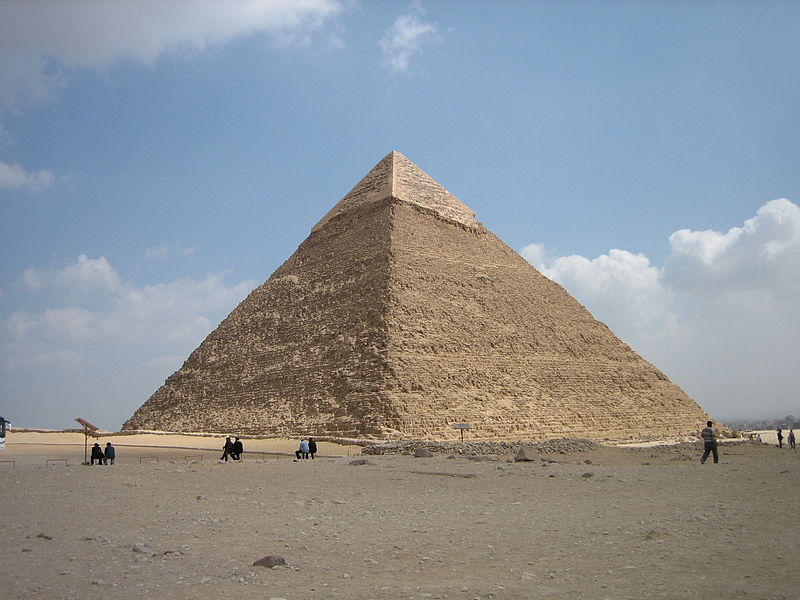Pyramid mystery solved?
A new report digs into how ancient waterways may have aided construction of the Khufu Pyramid.

The Great Pyramid of Giza is the largest of Egypt’s pyramids.- Jerome Bon
Key Takeaways:
- Researchers believe that a long-defunct waterway was used to help transport materials.
- The team used pollen-derived vegetation patterns to reconstruct 8,000-year fluvial variations on the Giza floodplain.
- Previously, there was little specific evidence of how these ancient waterways rose and fell over the centuries.
It’s a question mankind has been pondering for centuries: How were the pyramids built?
New research is providing more answers.
The Great Pyramid of Giza, or Khufu Pyramid, is one of the most iconic human-built structures in all history. A team of researchers, who published their findings in Proceedings of the National Academy of Sciences, believe ancient builders may have been aided by now defunct waterways.
“It is now accepted that ancient Egyptian engineers exploited a former channel of the Nile to transport building materials and provisions to the Giza plateau,” wrote the researchers. “However, there is a paucity of environmental evidence regarding when, where, and how these ancient landscapes evolved.”
The team’s new palaeoecological analyses have helped to reconstruct an 8,000-year fluvial history of the Nile in this area, showing that the former waterscapes and higher river levels around 4,500 years ago facilitated the construction of the Giza Pyramid Complex.
“The pyramids of Giza originally overlooked a now defunct arm of the Nile,” reads the report. “This fluvial channel, the Khufu branch, enabled navigation to the Pyramid Harbor complex but its precise environmental history is unclear.”
The researchers sought to fill in the blanks using pollen-derived vegetation patterns to reconstruct 8,000-year of fluvial variations on the Giza floodplain.
“After a high-stand level concomitant with the African Humid Period, our results show that Giza’s waterscapes responded to a gradual insolation-driven aridification of East Africa, with the lowest Nile levels recorded at the end of the Dynastic Period,” said the team. “The Khufu branch remained at a high-water level (∼40% of its Holocene maximum) during the reigns of Khufu, Khafre, and Menkaure, facilitating the transportation of construction materials to the Giza Pyramid Complex.”
According to the Smithsonian, the pyramid’s base spread over 13 acres and its sides were built at an angle of 51 degrees 52 minutes and were over 755 feet long. The original structure reached 481 feet high but currently it sits at 450 feet high.
Experts estimate that the structure’s stone blocks have an average weight of more than two tons apiece, with the largest weighing as much as fifteen tons each.

